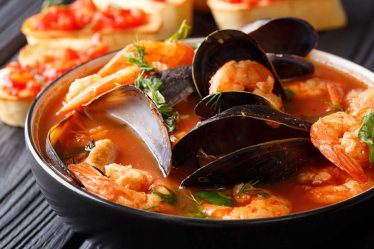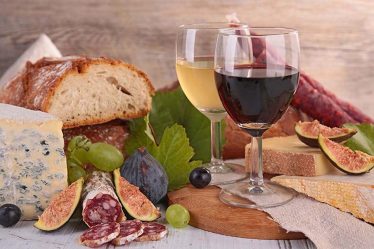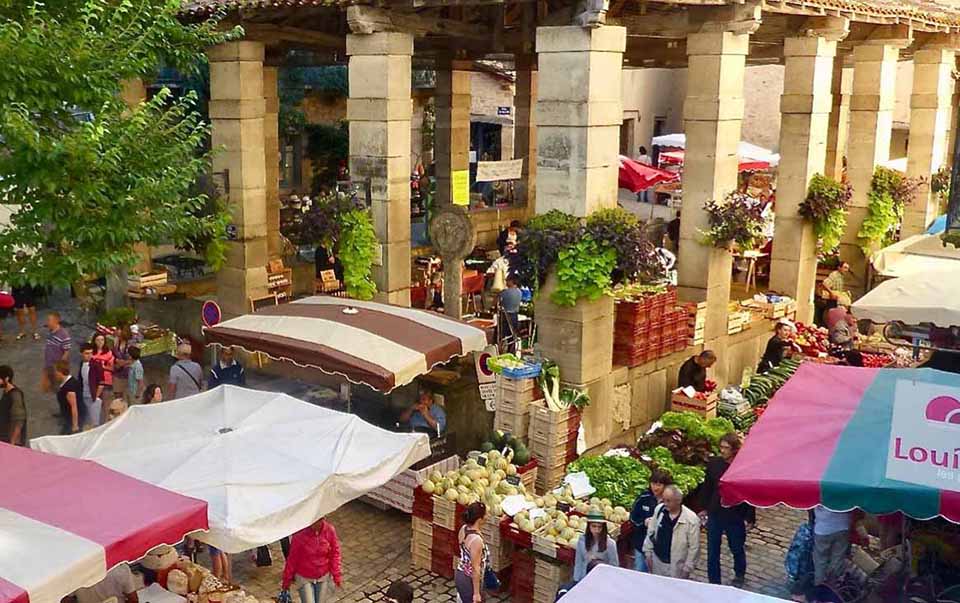
1. Arrival in Montauban
When I first stepped off the train at the Montauban-Ville-Bourbon station, the warm air hit me like a welcome hug. The sun filtered through the plane trees that lined the quiet streets, and there was a pleasant calmness in the air. Montauban immediately felt inviting, with its red-brick buildings and winding alleys holding the promise of stories and surprises. This was my first time in this corner of southern France, and I came with a purpose: to eat.
I arrived just in time for the annual Montauban Food Festival—an event I had heard whispers of from fellow travelers and seen glimpses of on French lifestyle blogs. It promised regional specialties, local wines, outdoor tastings, and cooking demonstrations by passionate chefs. I wasn’t here just to observe; I was here to taste, smell, and lose myself in the rhythm of a city that knows how to celebrate its cuisine.
2. First Impressions and a Stroll Through the City
The old town, with its ochre hues and arcaded Place Nationale, immediately pulled me in. It was just a short walk from my accommodation, and the square was already buzzing. Vendors were setting up stalls. Tables were being lined with pristine white cloths. Locals with baskets were chatting over early morning coffee. Everything about Montauban was charming without being staged. It felt lived-in and proud.
I walked slowly, letting myself get acquainted with the rhythm of the town. There were posters announcing the events of the food festival, including a truffle market, Armagnac tastings, and cooking competitions judged by Michelin-starred chefs from the Tarn-et-Garonne region. The smell of rising dough and grilled duck already filled the air.
3. The Market: A Symphony of Senses
By mid-morning, the open-air food market had swelled into a sea of people. The Place Nationale was now transformed into a gourmet haven. There were rows of tents and stalls, each representing a different artisan or producer. I wandered from one to the next, my senses assaulted in the best way possible.
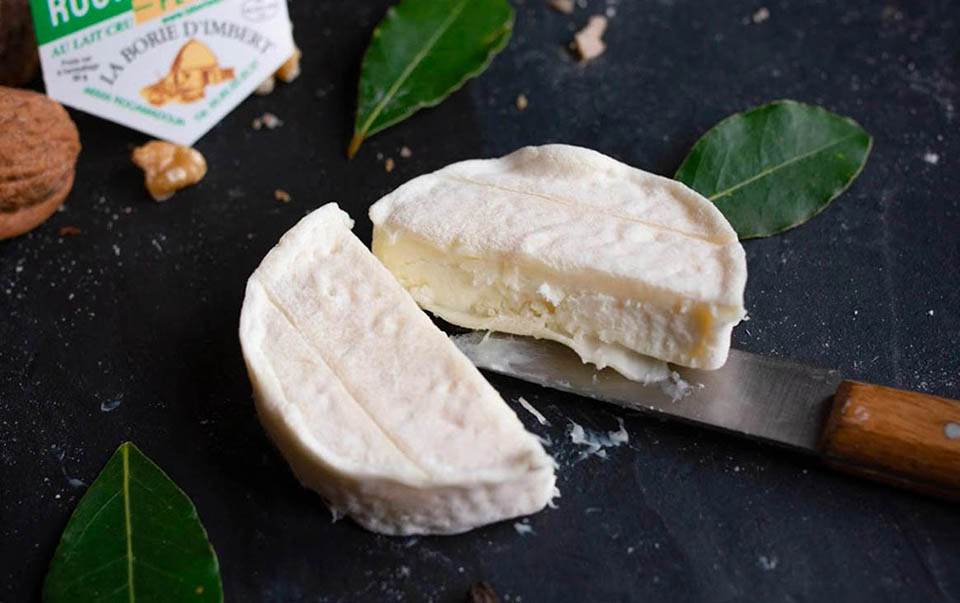
A cheese vendor handed me a sliver of aged Rocamadour. The creamy center gave way to a sharper bite that lingered on the tongue. A few steps further, a butcher offered me a sample of his house-made saucisse sèche, dry-cured and pungent with garlic. I took my time, savoring each bite and chatting with the vendors, many of whom were third-generation producers.
There was one particular booth I returned to twice: a family-owned pâtisserie specializing in pastis gascon. This delicate pastry, filled with thinly sliced apples and Armagnac, was impossibly flaky. I stood near the stall with a coffee in hand, watching children giggle with sugar-dusted noses and elderly couples nodding appreciatively after every bite.
4. The Truffle Pavilion
In a tent near the town hall, the scent of truffle was intoxicating. This was the heart of the festival’s gourmet offering—the truffle pavilion. Inside, long tables were lined with paper-thin shavings of black truffle, infused oils, truffle cheeses, and even truffle-infused honey. I joined a small group seated for a tasting session.
A local trufficulteur, a truffle hunter, walked us through the process of finding these elusive fungi. With a slideshow and plenty of flair, he explained how specially trained dogs sniff them out among oak roots. He brought out a fresh truffle, sliced it open, and passed it around. The scent was earthy, almost seductive.
The tasting began with truffle butter spread over toasted pain de campagne. Then came truffle risotto, followed by scrambled eggs delicately laced with truffle oil. Every dish was a reminder of how little you need when the ingredient is this powerful. I left that tent feeling like I had just dined at a secret, five-star restaurant.
5. Wine and Armagnac Tasting Under the Trees
Just past the riverside promenade, near the Jardin des Plantes, there was a more relaxed setup. Here, under a canopy of plane trees, local wineries had set up stands offering tastings of Côtes du Frontonnais wines and Armagnac. The sun filtered through the leaves as I made my way through the stalls.
I started with a rosé from Château Saint-Louis—light, floral, and dangerously drinkable. Then a bold red, full of blackcurrant and spice. The winemaker, a spirited woman named Camille, spoke about the soil like it was her family. “The clay here,” she said, “gives our wines their structure.”
Later, I sampled several ages of Armagnac. The older ones had complex notes of dried fig, tobacco, and vanilla. A local distiller explained the unique single-distillation process used here, and how it differs from Cognac. I stood there, glass in hand, eyes closed, letting the burn and the warmth wash over me.
6. Lunch at the Communal Table
One of the highlights of the day was the communal lunch organized in the heart of the old town. Long wooden tables had been set up in the square. People of all ages sat side by side. You simply found a spot and joined in. There was no menu; you ate what the chefs served.
First came a salad of lentilles du Quercy with local goat cheese and walnuts. Earthy, fresh, and punctuated with tangy bites. Then a cassoulet, rich and simmered for hours, with duck confit, pork sausage, and creamy white beans. The portions were generous. Strangers clinked glasses. Someone passed me a homemade fig tart. There was music in the air—accordion and fiddle. Children danced between the tables.
There was a sense of timelessness to it all. I didn’t look at my phone once.
7. Cooking Demonstrations by Local Chefs
Later in the afternoon, I followed a crowd to a large white tent where a stage had been set for live cooking demonstrations. The audience was a mix of tourists and locals, all leaning forward as if watching a theater performance. One of the featured chefs was François Lemoine, whose bistro outside Montauban is something of a local legend.
He cooked a pigeon dish with Armagnac jus, baby carrots, and a truffle purée. As he explained his methods, I took notes on flavor combinations and temperature techniques. Another chef showed how to make aligot—a blend of mashed potatoes and melted cheese that stretches in silky ribbons when stirred. The audience applauded as he pulled it high into the air.
8. Evening Street Food and Music
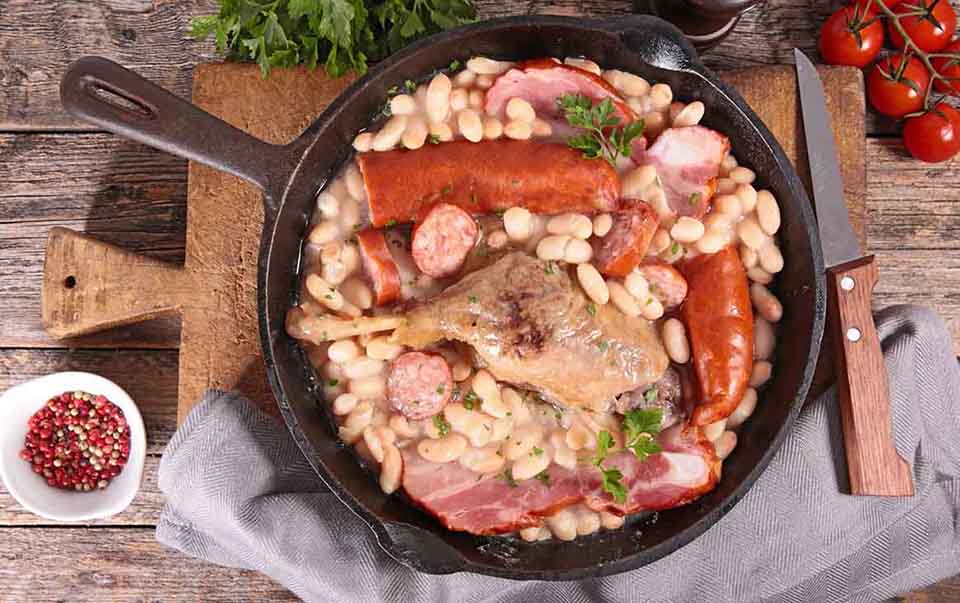
As the sun began to set, the festival took on a different energy. The lights came on, and so did the street performers. A jazz band played near the bridge, and food trucks lined the streets. I made my way from one to another, tasting duck burgers with fig jam, potato galettes with cheese, and a curious little dish called “mounjetado,” a regional stew made with haricot beans and cured meats.
At one point, I sat by the river, toes nearly touching the water, eating a cone of churros dipped in dark chocolate. Couples walked by hand in hand. There was laughter, music, the clink of bottles, and the buzz of conversations in French, English, and Spanish.
9. Hidden Gems: Off the Festival Path
While the food festival was the main event, I also took time to explore quieter spots. One morning, I found a café tucked into a courtyard near the Musée Ingres. Their croissants were still warm from the oven. Another evening, I wandered into a tiny wine bar where the bartender poured me a glass of natural wine from a nearby vineyard and talked for twenty minutes about soil composition.
There was also a tiny épicerie that specialized in local olive oils and aged vinegar. I spent nearly an hour inside, tasting samples and chatting with the owner, who gave me a recipe for confit de canard. I scribbled it in my notebook, eager to try it back home.
10. Booking Tips and Platforms
Getting a seat at the more popular restaurants during the festival required some planning. I found that TheFork was extremely helpful for reservations—it listed both high-end restaurants and casual eateries. Many spots in Montauban also responded quickly via Google Maps booking or even Instagram DMs, surprisingly enough.
For last-minute tables, I had good luck walking in during lunch hours or dining just after 9 p.m., when the rush had died down. Some food festival events required pre-registration, which I managed through the local tourism board’s website. They were incredibly responsive via email as well.
11. A Memory That Lingers
Long after the festival tents came down and the last bottle of Armagnac was corked, the tastes and moments stayed with me. I could still recall the crunch of sugar on that pastis gascon, the sharp tang of goat cheese against earthy lentils, and the warmth of the communal table.
Montauban gave me more than just a culinary experience. It gave me connection—between food and place, between strangers who shared a plate, between old traditions and new flavors. I left with a full belly, a fuller heart, and a notebook stuffed with new recipes, names of vineyards, and the memory of truffle-scented afternoons under the French sun.
